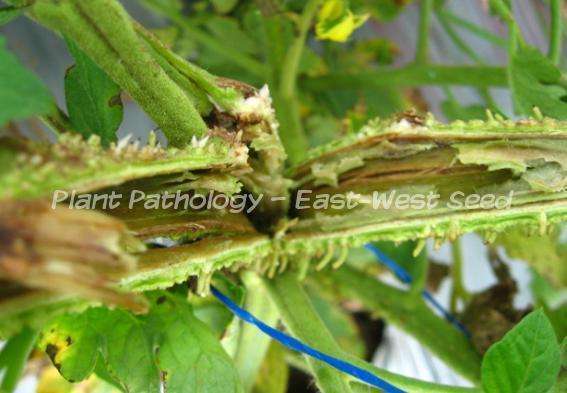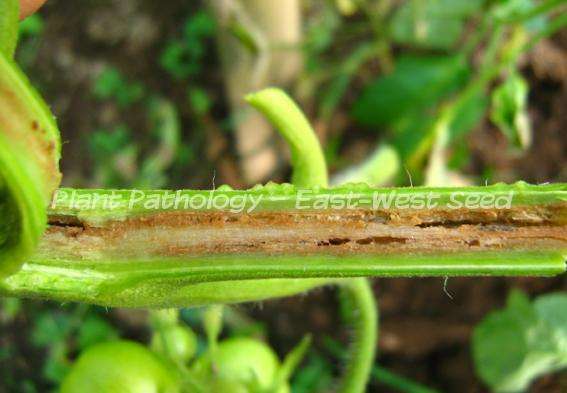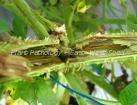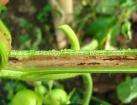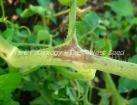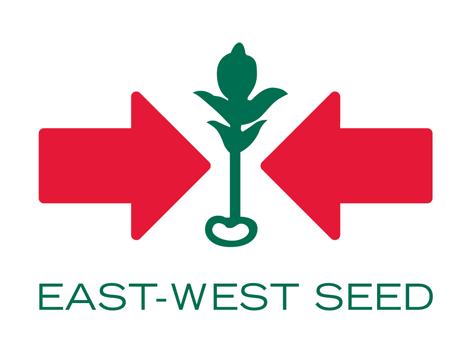Causal Agent:
Bacterium (Pseudomonas corrugata)
| Characteristic Symptoms: | |
 |
Infected plants may display chlorosis of the upper leaves with associated wilting. |
 |
Affected stem and petioles have brown lesion and stem pith are hollow. |
 |
Infected plants show profuse formation of adventitous roots. |
| Conditions for Disease Development: | |
 |
The bacterium is soil-borne and waterborne. It is considered a weak pathogen on tomatoes growing too rapidly. |
 |
High nitrogen fertilization, cool night temperatures, high relative humidity increase disease incidence and severity. Once the weather warms up, the plants tend to be able to outgrow the problem. |
 |
The disease frequently occurs when the first fruit set is close to mature green. |
 |
The disease appears to be quite difficult to spread by hand, clothing or pruning tools. |
 |
The pathogen may be seed-borne. |
| Management and Control: | |
 |
Avoid excessive nitrogen application, especially when night temperature is cool. |
 |
Remove infected plants as soon as symptoms are observed to minimize spread of disease from plant to plant. |
 |
Avoid conditions that lead to vigorous plant growth and wet plants. |
 |
Control root-knot nematode and root-feeding insects since they may help in disease establishment and spread. |
 |
Biofumigation of soil using chopped mustard leaves can help suppress bacteria in the soil. |
| References: | |
| Tomato Pith Necrosis (http://www.aces.edu/pubs/docs/A/ANR-0864/ANR-0864.pdf; http://www1.agric.gov.ab.ca/$department/deptdocs.nsf/all/prm2859) | |
To view other diseases, click here.
Need more help? Ask the Doctor.



